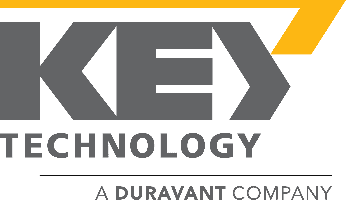The Duravant family of operating companies serve the food processing, packaging and material handling segments.
Skilled vs. Unskilled Labor: How Automation is Transforming the Workforce
07/21/2023
Historically, there has been a clear distinction between skilled and unskilled labor. Skilled labor referred to jobs that required specialized training, education, or experience, while unskilled labor referred to jobs that required little or no training and could be easily replaced. However, with the rise of automation and the increasing use of technology in the workplace, the line between skilled and unskilled labor is becoming increasingly blurred.
One of the key trends in the modern economy is the shift toward automation. This trend is particularly pronounced in the manufacturing sector, where machines are increasingly replacing human labor. As a result, many traditional “blue-collar” jobs are being automated, leading to a shift in the skills that are required in the workplace.
The skills required today are not easily categorizable as “skilled” or “unskilled” – rather, different skills are necessary. There may be less need for mechanical expertise, but more need for machine programming skills and the ability to make interface adjustments. Modern manufacturing jobs require workers to have a deep understanding of how machines work and how to program them to perform specific tasks. As a result, workers who have these skills are becoming increasingly valuable in the workforce.
Understandably, there is growing concern about the impact of automation on the job market. Many experts worry that automation will lead to widespread job loss, particularly in industries that are heavily reliant on unskilled labor. The gap between skilled and unskilled workers could widen even further, as those who are unable to adapt to new technologies may struggle to find work.
One of the key challenges facing the workforce today is the so-called "skills gap.” This term refers to the mismatch between the skills that employers are looking for and the skills that workers have. In the manufacturing industry, for example, there is a growing need for workers who have experience with advanced manufacturing technologies, such as 3D printing and robotics. However, many workers lack the training and education needed to fill these positions.
To address this skills gap, many manufacturers are investing in training programs and apprenticeships. These programs are designed to help workers develop the skills they need to succeed in the modern workforce. By providing workers with the training they need, employers are able to fill open positions more quickly and efficiently, while also creating a more skilled workforce.
In addition to addressing the skills gap, manufacturers also need to work together to create a united front when it comes to automation, sharing best practices and collaborating on initiatives that will help the industry as a whole. By working together, manufacturers can help to ensure that the benefits of automation are shared across the industry, rather than being concentrated in a small number of companies.
There is also optimism that there will always be a place for human labor. A number of businesses that theoretically could automate many of their processes, including breweries, coffee shops, and online retailers, are highlighting the labor-intensive nature of their products. Manual labor, which was previously considered unskilled, is now frequently becoming a luxury good, or a sign of a “personal touch.”
As automation transforms the workforce and the distinction between skilled and unskilled labor continues to shift in the modern economy, it will be important for employers to provide opportunities for workers to acquire new skills, promote lifelong learning, and foster a culture of innovation and adaptability. Please contact nVenia today and our experts will develop a custom-engineered automated production solution for you.











